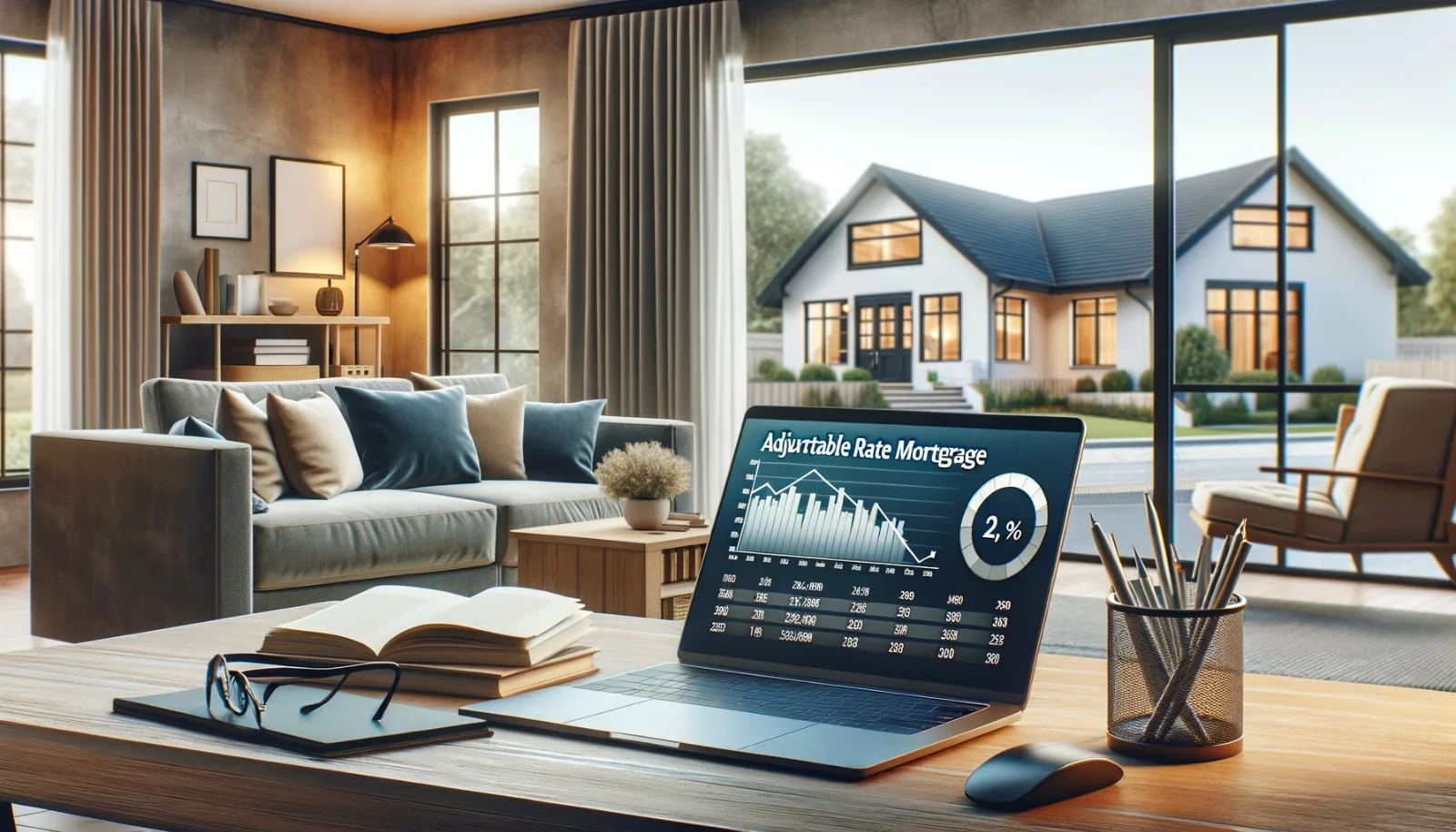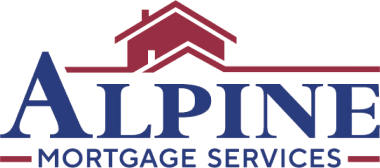Adjustable Rate Mortgage (ARM)
An Adjustable Rate Mortgage (ARM) is a type of loan where the interest rate can change during the term of the loan. These mortgages start with a fixed interest rate for an initial period, making the initial payments lower compared to fixed-rate mortgages. This setup makes an ARM appealing as it can enable you to afford a more expensive home initially. Commonly, ARMs are amortized over 30 years with the initial fixed-rate period ranging from 1 month to 10 years.

Fixed rate vs Adjustable Rate Mortgages
The main difference between fixed rate mortgages and adjustable rate mortgages lies in the interest rate stability. Fixed-rate mortgages maintain the same interest rate throughout the life of the loan, providing predictability in monthly payments. In contrast, the interest rate on an ARM can change after the initial fixed period based on the prevailing market conditions. This makes ARMs potentially more volatile, but they offer lower initial rates which can be beneficial for certain borrowers.
How Adjustable Rate Mortgages Work
The interest rate of an ARM is determined by adding a "margin" to a benchmark "index" rate. The margin, typically ranging from 1.75% to 3.5%, remains constant over the life of the loan, while the index rate reflects broader economic conditions. Common indices include the 1-Year Treasury Security, LIBOR (London Interbank Offered Rate), the Prime Rate, 6-Month Certificate of Deposit (CD) rates, and the 11th District Cost of Funds (COFI).
Adjustments to the interest rate are made periodically, usually rounded to the nearest one-eighth of one percent. These adjustments are limited by "adjustment caps" which limit how much the interest rate can increase both per adjustment period and over the life of the loan. For example, in a "3/1 ARM" with an initial rate cap of 2%, and a lifetime cap of 6%, the rate could potentially rise from an initial rate of 6.25% to no more than 8.25% at the first adjustment, and could never exceed 12.25% throughout the loan's duration.
Types of ARMs
Adjustable Rate Mortgages come in various forms, defined mainly by the length of the initial fixed-rate period and the adjustment intervals thereafter. These types of ARMS are also called Hybrid ARMs because of their fixed and adjustable features. Common types include:
- 3/1 ARM: Fixed interest rate for three years, then adjusts annually.
- 5/1 ARM: Fixed interest rate for five years, then adjusts annually.
- 7/1 ARM: Fixed interest rate for seven years, then adjusts annually.
- 10/1 ARM: Fixed interest rate for ten years, then adjusts annually.
Is an ARM Right for You?
Deciding whether an Adjustable Rate Mortgage (ARM) is suitable for you involves evaluating your financial situation, future plans, and risk tolerance. Here are some considerations to help determine if an ARM could be a good fit:- Short-term Ownership: If you plan on living in your home for only a few years, an ARM may be advantageous. You can benefit from the lower initial rates before the first adjustment period, which could save money if you sell before rates increase.
- Expectation of Rising Income: If you anticipate your income will increase significantly in the future, the initial lower payment of an ARM might make sense. This could be strategic for early-career professionals who expect their earnings to grow.
- Market Trends: Understanding the economic environment and interest rate trends can also impact your decision. If rates are expected to remain stable or decline, an ARM could offer continued savings. However, if rates are projected to rise, the potential increases in payments need to be manageable.
- Risk Tolerance: ARMs involve a certain degree of uncertainty. If the idea of fluctuating mortgage payments is stressful, a fixed-rate mortgage might be a better choice. Financial stability and the ability to handle potential increases in your mortgage payments are critical factors.
- Financial Cushion: If you have the financial flexibility to handle higher payments in the worst-case scenario where interest rates rise significantly, an ARM might be workable. Having a robust emergency fund and stable job security can mitigate the risks associated with interest rate adjustments.
How to Get Pre-approved for an Adjustable Rate Mortgage
Getting pre-approved for an Adjustable Rate Mortgage is quick and easy with our Online Loan Application. After completing the application, you will receive instructions on how to upload your documents. For a list of documents you will need to upload, see our Pre-approval Document Checklist.
Alpine Mortgage provides ARM loans in California, Colorado, Connecticut, Florida, Georgia, New Jersey, New York, Ohio, Pennsylvania and Texas. Call us today at (800) 876-5626 to speak with one of our ARM loan specialists or click here to have one of our ARM home loan specialists contact you.
ARM FAQs
Given the recent rapid increase in interest rates, an ARM could be a good idea if you anticipate that rates will decline in the near future, allowing you to refinance into a lower rate during the initial fixed period of the ARM. In addition, if you plan to sell your home before the rate adjusts, an ARM could offer initial cost savings.
It’s important to understand all aspects of the ARM. Questions to ask include:
- What is the initial rate and period?
- What index is the ARM tied to?
- What is the adjustment interval?
- What are the rate caps per period and for the life of the loan?
- Are there any prepayment penalties?
You can refinance out of an ARM at any time on our conventional, FHA and VA ARM programs because we do not have any prepayment penalties on these programs.
Get a Quick Quote
"*" indicates required fields
